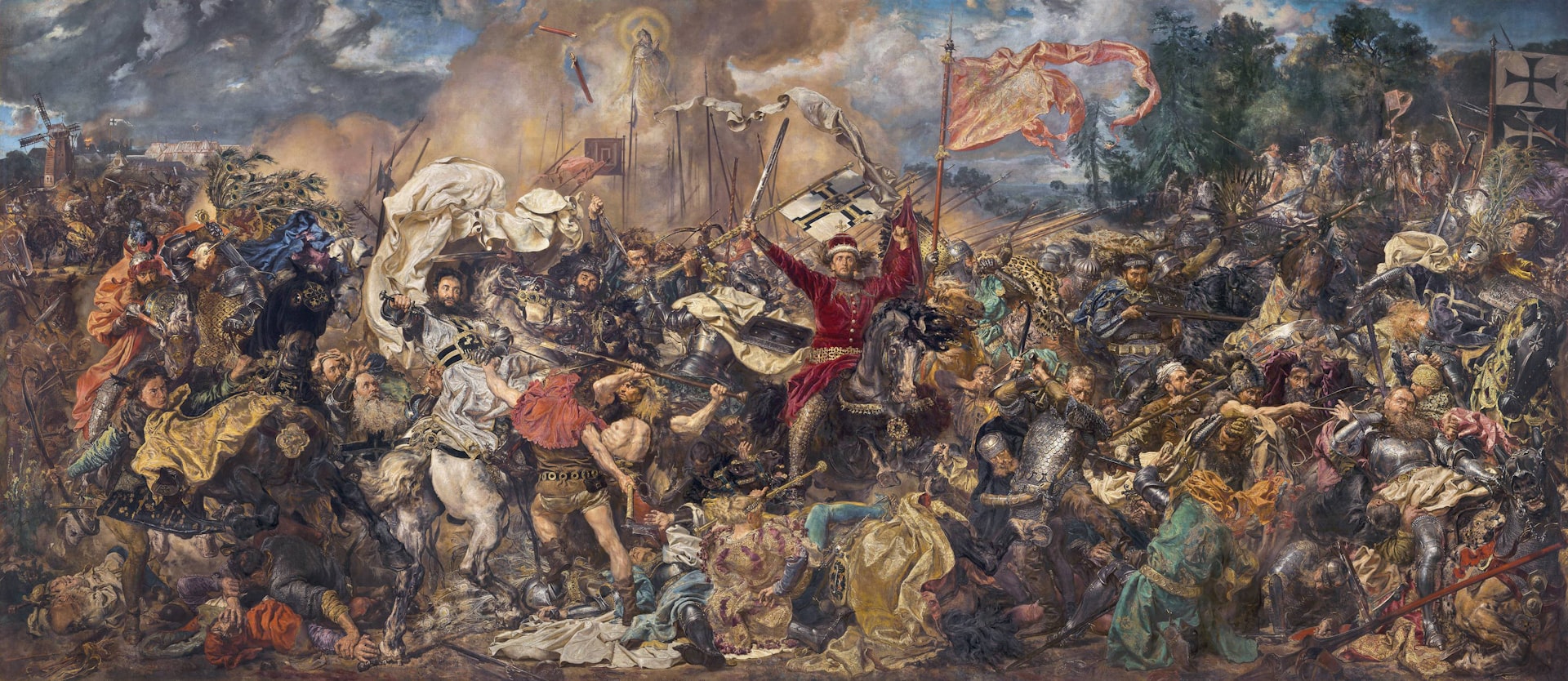How Digital Fashion Weeks Are Transforming the Industry: Opportunities, Challenges, and the Path Forward

Photo by Vitaly Gariev on Unsplash
Introduction
In recent years, digital fashion weeks have radically changed the landscape of the global fashion industry. Once exclusive, insider-only events limited by geography and access, fashion weeks are now reaching millions worldwide through online platforms and interactive technologies. This shift is not just about convenience-it’s reshaping business models, democratizing fashion, and introducing new challenges and opportunities for brands, consumers, and industry professionals alike [1] .
The Rise and Reach of Digital Fashion Weeks
Digital fashion weeks have expanded the audience for runway shows by eliminating physical barriers. According to recent statistics, global viewership of fashion weeks increased by 40% as more brands transitioned to digital presentations [2] . Anyone with internet access can now participate in events that were once restricted to industry insiders. Major fashion weeks, from New York to Lagos, incorporate both physical and digital components, amplifying diversity and allowing smaller markets to shine [1] .
This broader accessibility has opened the door for more diverse voices, aesthetics, and ideas, making fashion more representative of global cultures. For example, Copenhagen Fashion Week 2025 set new records for digital reach with over 5 million live stream views and 200 million TikTok hashtag impressions, drawing attention from audiences worldwide [4] .
Consumer Engagement and Participation
One of the most significant changes brought by digital fashion weeks is the shift in consumer engagement. No longer passive observers, consumers now participate actively through live Q&A sessions, virtual after-parties, and real-time feedback. Brands are leveraging “see now, buy now” technology, allowing viewers to pre-order items directly from digital shows, turning engagement into immediate sales [1] .
This interactivity is driving higher engagement rates. For example, engagement rates among digital-native influencers and ‘It-girls’ on platforms like TikTok are 30% higher than traditional industry averages, directly influencing trends and boosting brand visibility [2] . The ability to interact, share, and purchase in real time is fundamentally altering the power dynamic between brands and consumers.
Technology and Innovation in Digital Fashion
Rapid technological advancements are fueling the evolution of digital fashion weeks. Artificial intelligence (AI), augmented reality (AR), and 3D design tools are now integral to the process. AI is enhancing trend forecasting, personalizing shopping experiences, and optimizing supply chains, while AR enables virtual try-ons and immersive experiences. 3D design and digital product creation allow for faster prototyping and reduced waste [3] .
According to industry research, 80% of fashion professionals now use digital tools daily or weekly, and nearly 90% believe 3D and digital product creation will transform their businesses in the coming year [3] . These tools are also helping brands address sustainability concerns by minimizing overproduction and waste through digital sampling and demand forecasting.
Case Study: Copenhagen Fashion Week and Sustainability
Copenhagen Fashion Week 2025 is a standout example of how digital reach and sustainability initiatives can intersect. The event required participating brands to meet strict sustainability criteria, making it a global leader in eco-conscious fashion [4] . However, these standards also introduced challenges, as some designers felt burdened by compliance costs and the risk of greenwashing allegations. This tension highlights the need for industry support and realistic benchmarks as digital events drive sustainability efforts.
For brands considering participation, it is advisable to thoroughly review the event’s sustainability guidelines and seek professional advice on compliance. You can typically find current requirements and application steps on the official website of the fashion week or by contacting the event organizers directly.
Opportunities for Brands and Designers
Digital fashion weeks offer brands-especially smaller or emerging labels-opportunities to reach a global audience without the expense and exclusivity of traditional runway shows. By embracing digital platforms, brands can:
- Engage consumers in real time through social media and live streams
- Leverage virtual showrooms and “see now, buy now” features to drive immediate sales
- Utilize AI and analytics to better understand customer preferences
To get started, brands should research the digital event’s participation requirements and recommended technology platforms. Many events now offer detailed guidelines and digital toolkits for new participants. It’s advisable to reach out to the respective fashion week’s official channels for application deadlines and technical support. Consider collaborating with technology service providers specializing in AR, 3D design, and livestream production for seamless integration.
Challenges and Solutions
Despite the benefits, digital fashion weeks present several challenges:

Photo by Vitaly Gariev on Unsplash
- Technical Barriers: Smaller brands may lack resources for high-quality digital production. Solutions include partnering with technology firms or applying for grants available through industry organizations.
- Sustainability Compliance: Strict standards can be costly. Brands are encouraged to seek guidance from sustainability consultants or industry associations.
- Digital Fatigue: Overexposure to online events can reduce engagement. To combat this, brands should focus on interactive, creative experiences and diversify content formats.
For step-by-step guidance:
- Identify which digital fashion weeks align with your brand’s values and audience.
- Review official participation guidelines, usually found on event websites or via direct contact with organizers.
- Invest in or partner for digital production tools (AR, livestreaming, 3D design).
- Develop interactive content-Q&As, virtual try-ons, behind-the-scenes footage.
- Promote your digital presence across social media to maximize reach.
Alternative Approaches and Future Trends
The future of fashion weeks is likely to be hybrid-blending digital and physical experiences for maximum impact. Brands can experiment with AI stylists, holograms, and metaverse platforms to further engage digital-native audiences [1] . As Gen Z and Gen Alpha become more influential, the demand for inclusive, immersive, and sustainable digital experiences will continue to grow. For those looking to innovate, consider piloting new technologies in partnership with established digital agencies or technology providers.
How to Access and Participate in Digital Fashion Weeks
If you are a consumer, you can typically access digital fashion weeks via official event websites, YouTube, Instagram Live, and TikTok. For a more participatory experience, follow your favorite brands’ social media channels and sign up for event notifications. You may also find information through major fashion media outlets and industry newsletters.
For brands seeking to showcase collections, start by researching the official websites of major fashion weeks (such as New York, Paris, London, or Copenhagen). Review their digital participation guidelines, technical requirements, and application procedures. If uncertain, contact the event’s organizing body directly for the most accurate and up-to-date information.
Key Takeaways
Digital fashion weeks are democratizing access, fostering innovation, and driving sustainability, but they also introduce new challenges-technical, financial, and regulatory. Both brands and consumers can embrace these changes by staying informed, leveraging new technologies, and connecting with official channels and industry experts for support. As the industry evolves, adaptability and creativity will be the keys to thriving in this new digital landscape.
References
- [1] Ayerhs Magazine (2025). The Future of Fashion Weeks: Virtual and Hybrid Formats in 2025.
- [2] Colorful Socks (2025). Cultural Impact of Fashion Trends Statistics 2025.
- [3] Heuritech (2025). 10 Challenges Facing The Fashion Industry In 2025.
- [4] Fashion Times (2025). Copenhagen Fashion Week 2025 Sets Digital Records but Sparks Sustainability Debate.
- [5] Marketing Week (2024). Fashion & Technology in 2025.



